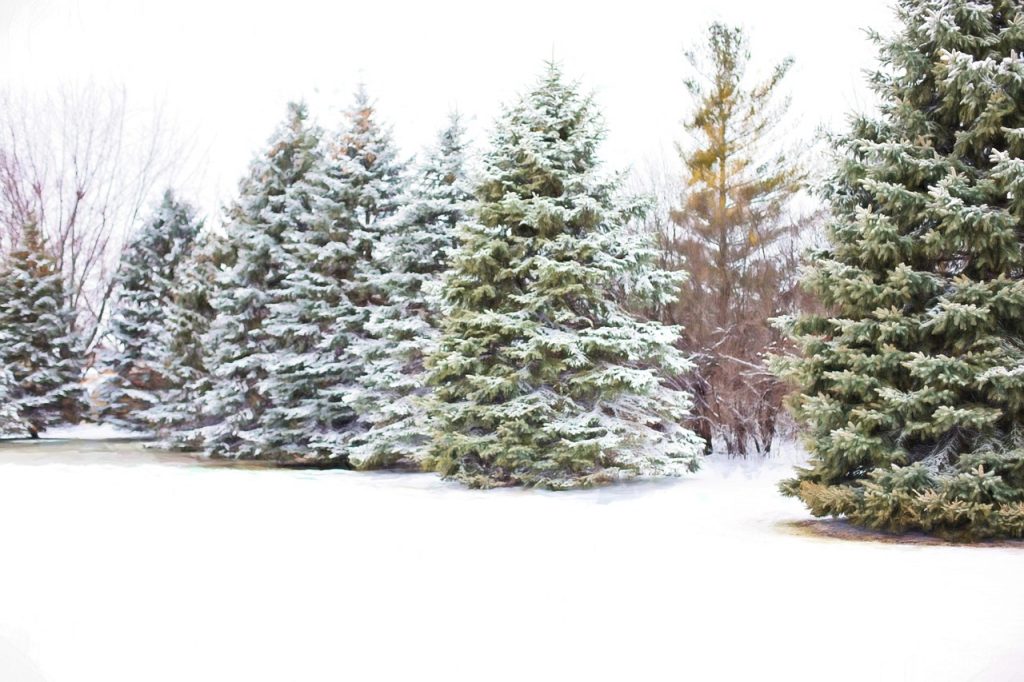The Best Kind Of Christmas Tree To Get This Year
Real Christmas trees are better than artificial ones unless you use your artificial one for 20 years or more.
This article is more than 2 years old

When it comes down to it, a live Christmas tree is better than a real one. For an artificial Christmas tree to end up better for the environment, it has to be in use for 20 years. Whatever choice you make, though, ensure that it’s a tree you love and, if artificial, will be used for years and years to come.
Initially, one might automatically think that an artificial Christmas tree is more environmentally friendly than a real tree. On the contrary, artificial Christmas trees leave a more significant impact on the planet than one might initially think. There are lots of factors and things to look at when considering the environment and deciding on a Christmas tree.
On average, an artificial Christmas tree is used for roughly six years. This really isn’t that long when you consider all it takes to make it to a customer’s home. Most artificial Christmas trees are made in China. This means that they have to travel long distances to arrive in the United States or other destinations.
When an artificial Christmas tree is traveling from China to, say, the United States, it would obviously have to be transported on a giant ship across the Pacific Ocean that is powered by fossil fuels. From the fossil fuel-powered ship, the artificial Christmas tree would then be transported by a large truck to wherever it would be sold, again using fossil fuel.
Another thing to consider is the material from which an artificial Christmas tree is made. Most of the time, artificial Christmas trees are made from PVC or in long-form, polyvinyl chloride plastic. This type of plastic has been linked to environmental risks, cancer, and other health problems.
PVC, from which most artificial Christmas trees are typically made, is petroleum based. Another way in which this type of Christmas tree uses fossil fuel. Additionally, the facility where the artificial Christmas trees are made pumps out harmful pollutants and gases into the air.
For all these things to be balanced out and for an artificial Christmas tree to make for a better environmentally friendly decision, it should be used for a minimum of 20 years, according to Andy Finton, a forest ecologist for the Nature Conservancy. This leads us not to discuss just how better a live Christmas tree is for the environment when compared to a fake Christmas tree.
There are a few different ways to obtain a live Christmas tree. One of the ways is to obtain a permit directly from the US Forest Service and make a short hike to find the perfect tree from a local forested area. This method, which involves cutting down a reasonably thin tree, would benefit the overall health of the forest.
Another method for obtaining a live Christmas tree involves going to a Christmas tree farm. Of course, for every tree cut down, farmers plant another. On average, a Christmas tree would grow for seven years before being cut down to make for the perfect Christmas decoration.
In the seven years that the Christmas tree could grow, it would absorb carbon dioxide, cleaning the atmosphere. Once a consumer is done with the live Christmas tree, it can be disposed of properly and turned into mulch. The benefits and impact on the environment of a live Christmas tree are significantly less than that of an artificial Christmas tree.





